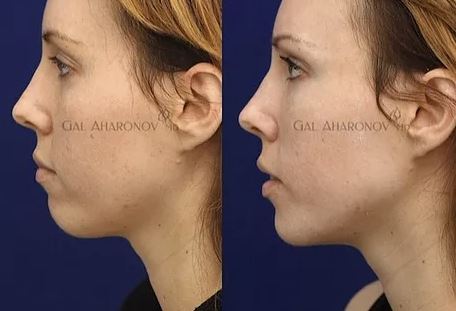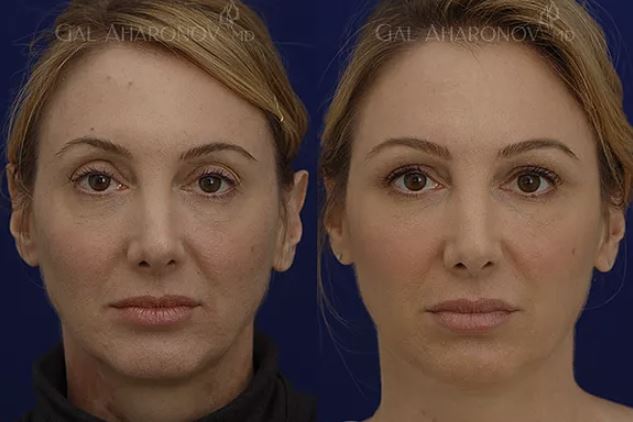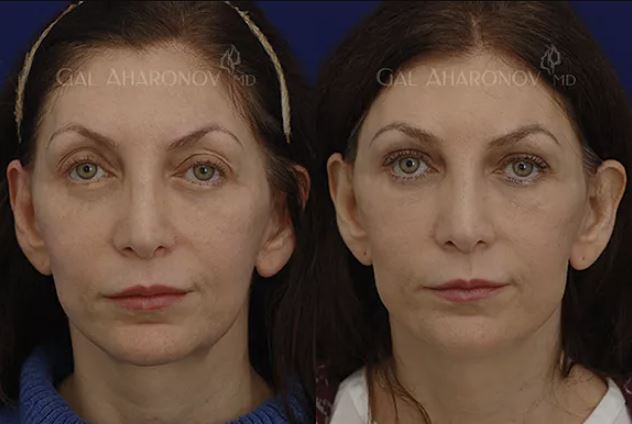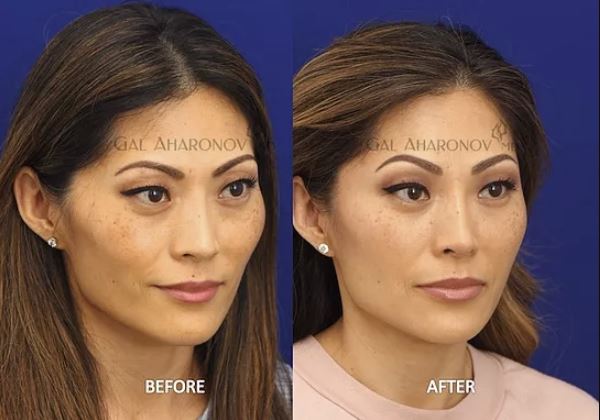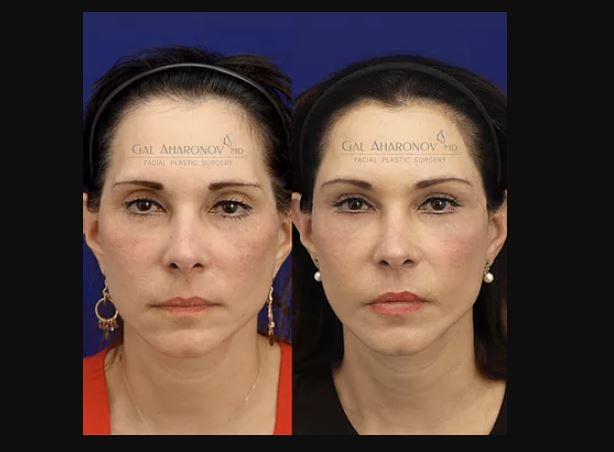FACIAL FILLER
BEFORE & AFTER PHOTOS OF FACIAL FILLER
Do I Need Surgery or Are Fillers Enough?
Injectable Fillers can address:
-
Lost fullness
-
Expression lines
-
Flattened or hollowed features
Recommended Treatment to Restore Volume:
Varying degrees of facial volume loss in different areas of the face can be addressed with the use of injectables in a liquid facelift procedure. Restoring facial volume and filling fine lines and wrinkles can be addressed by using dermal fillers. Expression-related creases are caused my muscle contractions; however, with the use of denervating neurotoxins such as Botox or Dysport these expression lines can be softened.
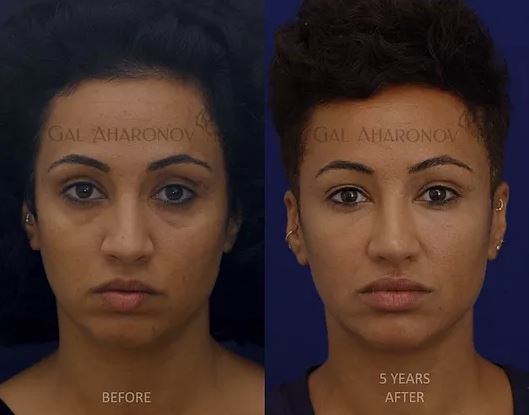
BEFORE & AFTER PHOTO OF FACIAL FILLERS TO ADDRESS AGING CHANGES OVER TIME
How Facial Fillers are Done:
After an examination, we will draw up a treatment plan designed specifically for your particular goals and needs. Fillers such as hyaluronic acid-based (Restylane and Juvéderm) or Radiesse. Neurotoxins such as Botox or Dysport are often used in conjunction with fillers to relax facial muscles that contribute to wrinkles and furrows. Injecting fillers at varying depths to refill volume loss creates a more youthful contours and appearance. Depending on the number of injections sites and the injectables used treatment can take as little as few minutes.
What to expect from Facial Fillers:
Injectable Filler results are usually visible instantly; however, if Sculptra is used it can take up to three sessions to see improvement, as it works to slowly stimulate tissue growth over time. Sessions for Sculptra are spaced about a month apart. Sculptra is not a true filler–it’s a collagen inducing agent–patient results from it therefore vary depending on immunological reactivity. Swelling and bruising may be experienced the first few days after treatment. To minimize swelling, patients leave with a pack of ice and are advised not to exercise for the first few hours to prevent an increase in heart rate or blood pressure. Patients should avoid vitamin E, anti-inflammatories, herbal supplements and other medications that promote bruising for 5-7 days before treatment.
How Long Do Fillers Last?
Duration depends on which fillers were and which areas were addressed. Hyaluronic acid-based fillers can last sometimes for years in certain parts of the face. Botox or Dysport can last from three to six months and may help temporary fillers to last longer by decreasing muscle action.
